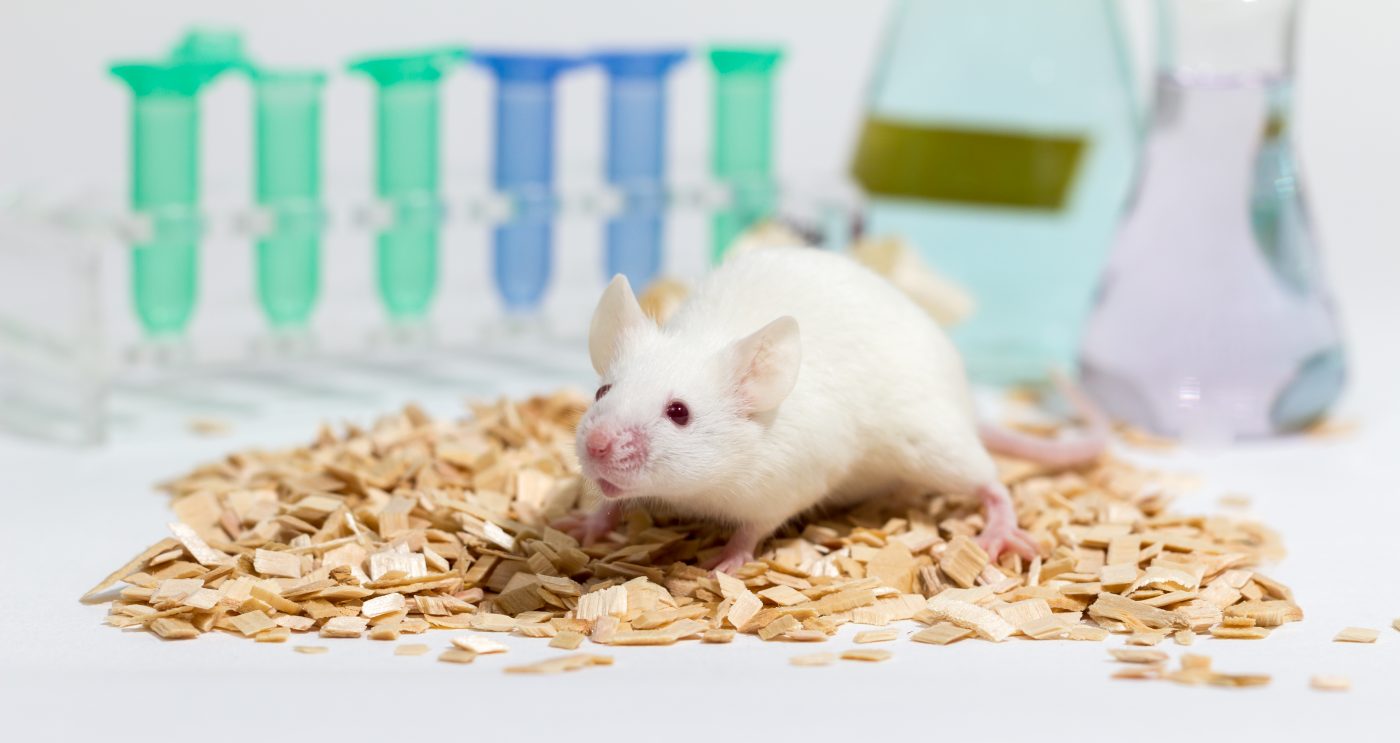IL6 Inhibition Rescues Mice From DMD Symptoms

To help alleviate the long-term adverse effects of glucocorticoids in patients with Duchenne muscular dystrophy (DMD), a research team at Sapienza University of Rome is investigating a new form of anti-inflammatory medication that acts on inflammatory pathways in the disease. By targeting a specific mediator of inflammation in DMD, the research team believes there will be fewer side effects of treatment.
“The anti-inflammatory agents glucocorticoids are the only available treatment for DMD,” stated the authors in the article, “Functional and Morphological Improvement of Dystrophic Muscle by Interleukin 6 Receptor Blockade,” published in EBioMedicine. “However, long-term glucocorticoid treatment causes muscle atrophy and wasting.” Since DMD is a muscle pathology, these side effects are especially detrimental. A sort of tradeoff is created whereby the positive effects of suppressed inflammation are negated by the effects of muscle wasting.
Instead of focusing on powerful anti-inflammatory glucocorticoids for DMD, the research team was interested in testing the effects of diminishing the pro-inflammatory cytokine interleukin 6 (IL6). Previous work has shown IL6 is involved in inflammatory cell signaling and is increased in inflammatory diseases. Since the “mdx” mouse model of DMD demonstrates heightened inflammation mediated by macrophages, and depleting these macrophages leads to less muscle fiber loss, the research team looked at IL6 inhibitors in mdx mice.
First, the team validated IL6 as a target for inhibition in DMD by testing serum and muscle biopsies of human DMD patients and mdx mice for IL6 in the spaces between muscle fibers. IL6 was up-regulated in the mouse tissue and patient serum–even in those patients treated with glucocorticoids.
The team was then interested in inhibiting IL6 to identify any benefits on the muscle cell degeneration the mdx mice. They administered an antibody targeted against IL6 to the mice when the mice were 15 days old and followed a dosing scheme that increased to treatment twice a week. After 4 weeks, the researchers evaluated the mice using exhaustion tests and found the anti-IL6-treated mice performed better than the untreated mice. When the researchers obtained samples of muscle, they noted that the muscles exhibited less inflammation and degeneration.
“Pharmacological inhibition of IL6 activity leaded to changes in the dystrophic muscle environment, favoring anti-inflammatory responses and improvement in muscle repair,” concluded the authors. “These data provide an alternative pharmacological strategy for treatment of DMD and circumvent the major problems associated with conventional therapy.” IL6 inhibitors are already being used to treat childhood diseases such as systemic juvenile idiopathic arthritis, indicating that a trial to test IL6 in patients with DMD is a feasible option following more preclinical testing.






